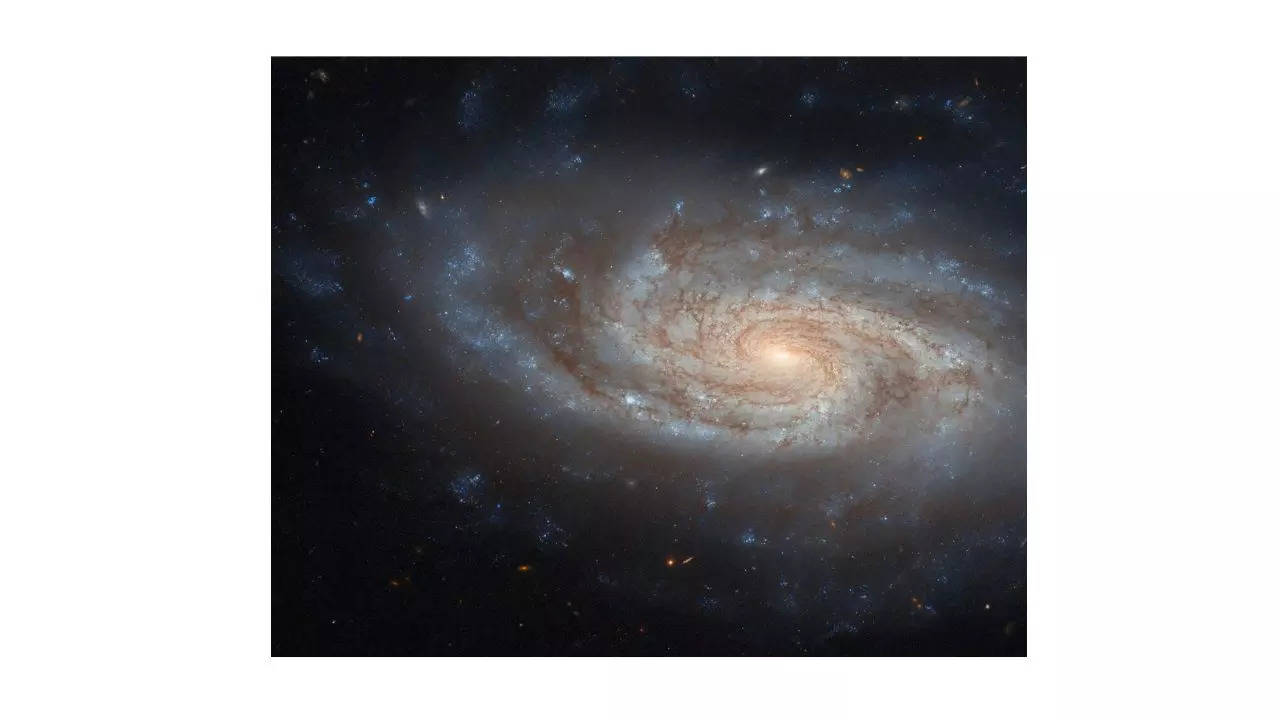[ad_1]
Galactic options of spiral galaxy NGC 3430
NGC 3430 is a spiral galaxy with out an open, distinct arm centre bar. It has since been labeled as a SAc galaxy. Edwin Hubble used it to characterise a wide range of galaxy varieties, akin to spiral, elliptical, lenticular, barred, and irregular ones. Quite a few further galaxies are in shut proximity to NGC 3430. In NGC 3430, one is shut sufficient to supply sufficient gravitational pull to start out star formation. It’s discovered within the constellation Leo Minor, which is 100 million light-years away from Earth.
It’s potential to see spots which might be clearly seen as bright-blue colors outdoors of the galaxy’s foremost spiral construction. NGC 3430 is a galactic spiral that has the looks of radiating outward from a pinwheel-shaped configuration of arms. Darkish mud lanes and good star-forming zones characterise these spiral areas.
Research performed within the late nineties reveal indications of tidal interactions with NGC 3430, a close-by galaxy, which can have an effect on the construction of the galaxy.
What’s the Hubble telescope? What does it do?
In 1990, NASA and the European House Company (ESA) launched the Hubble House Telescope (HST), a space-based observatory. It travels at a top of roughly 547 kilometres (340 miles) across the Earth. Hubble is ready to take detailed footage and analyse mild from astronomical objects as a result of it’s outfitted with subtle cameras and spectrographs. Observing far-off galaxies, exploring deep area, researching exoplanets, comprehending cosmic occasions, and calculating the universe’s enlargement are a few of its main accomplishments. The general public’s curiosity in astronomy has been piqued and scientific information has been significantly enhanced by Hubble’s discoveries.
Additionally Learn: |Nasa curiosity rover uncovers potential evidence of ancient life on Mars with discovery of Chevaya Falls rock
[ad_2]
Source link
This Submit might include copywrite



